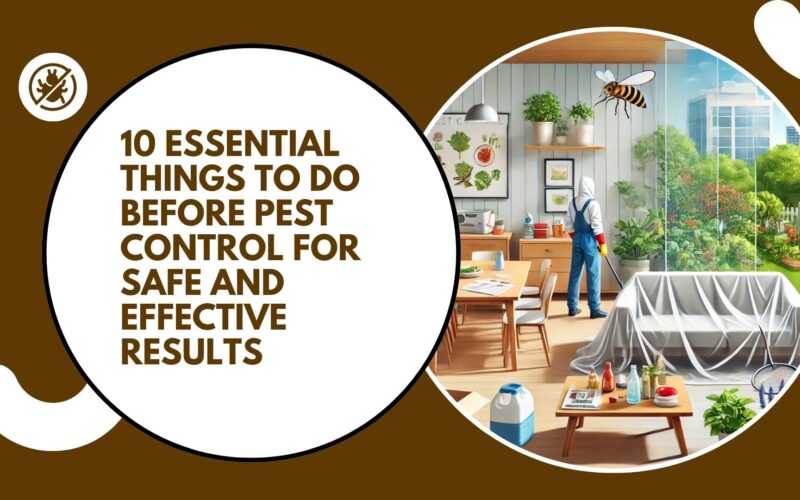
Proper preparation is the difference between temporary relief and lasting pest control – here are the essential things to do before pest control to ensure your efforts truly succeed!
When it comes to dealing with pests, rushing into treatment without the right preparation can lead to wasted effort, lingering infestations, and even health risks.
Effective pest control isn’t just about the products you use, it’s also about taking key preparatory steps that ensure the treatment reaches its full potential.
From identifying the pest to safeguarding your home and family, knowing the things to do before pest control can make all the difference.
This guide walks you through the top ten steps to take before any pest control effort, helping you achieve safe, lasting results and keep unwanted guests out for good.
Identify the Pest
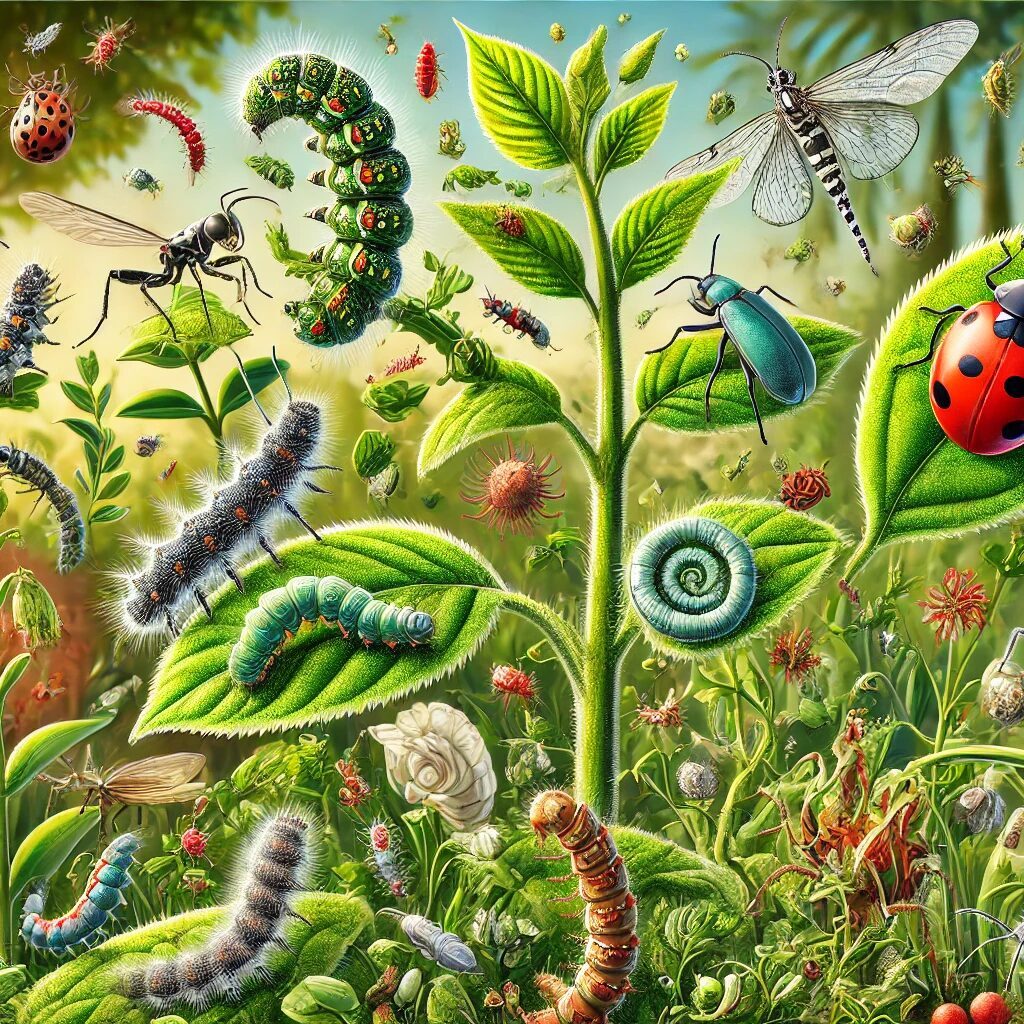
One of the most critical things to do before pest control is to correctly identify the pest you’re dealing with. This could range from rodents and cockroaches to ants, termites, or black flies.
Knowing the specific pest allows you to choose targeted treatments, as different pests respond to different types of control methods.
Misidentification can lead to ineffective treatments and prolonged infestations, so consider consulting a professional for accurate identification if unsure.
Inspect Affected Areas
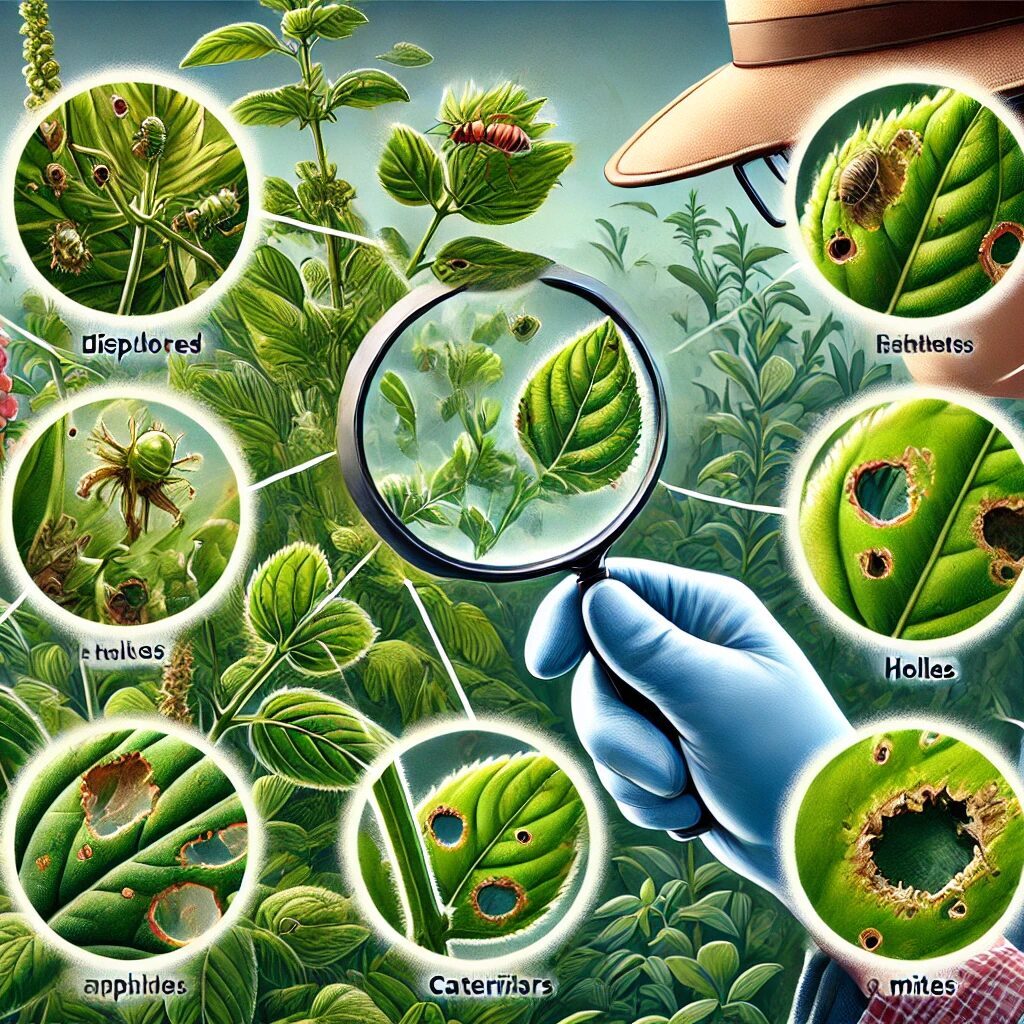
Conducting a thorough inspection of affected areas is essential in understanding the scope of the infestation. Look for signs of pest activity, such as droppings, nests, chew marks, or trails.
By identifying specific locations where pests are active, you can direct treatments to high-risk zones for a more focused and effective approach. This inspection is one of the key things to do before pest control, as it helps prevent under-treatment or the spread of pests to untreated areas.
Choose the Right Treatment
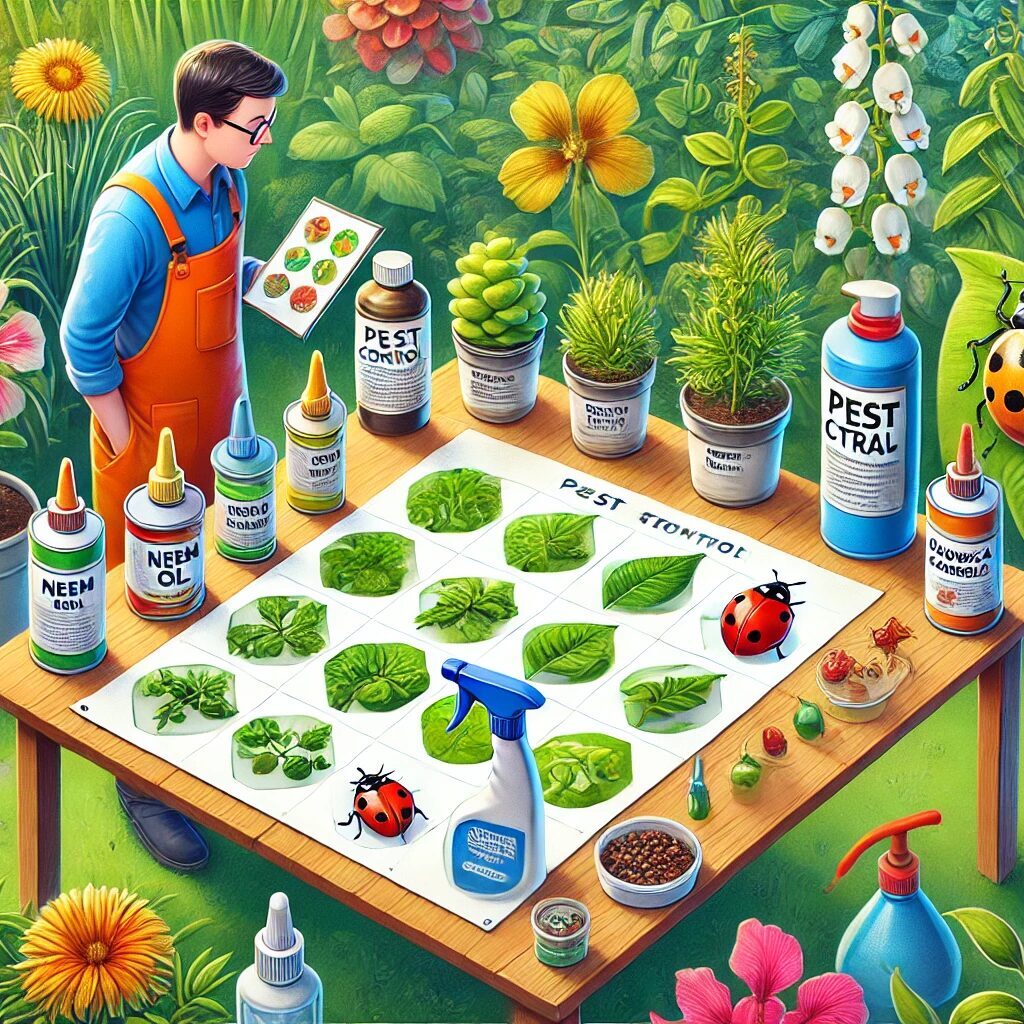
Selecting the correct treatment for your specific pest problem is crucial. Options range from chemical treatments to natural or biological methods, each with varying degrees of effectiveness depending on the pest type.
Research or consult with a pest control professional to determine which method is best for your situation. Ensuring you use the right approach is one of the top things to do before pest control to avoid ineffective treatments and unnecessary exposure to chemicals.
Clear and Clean the Area
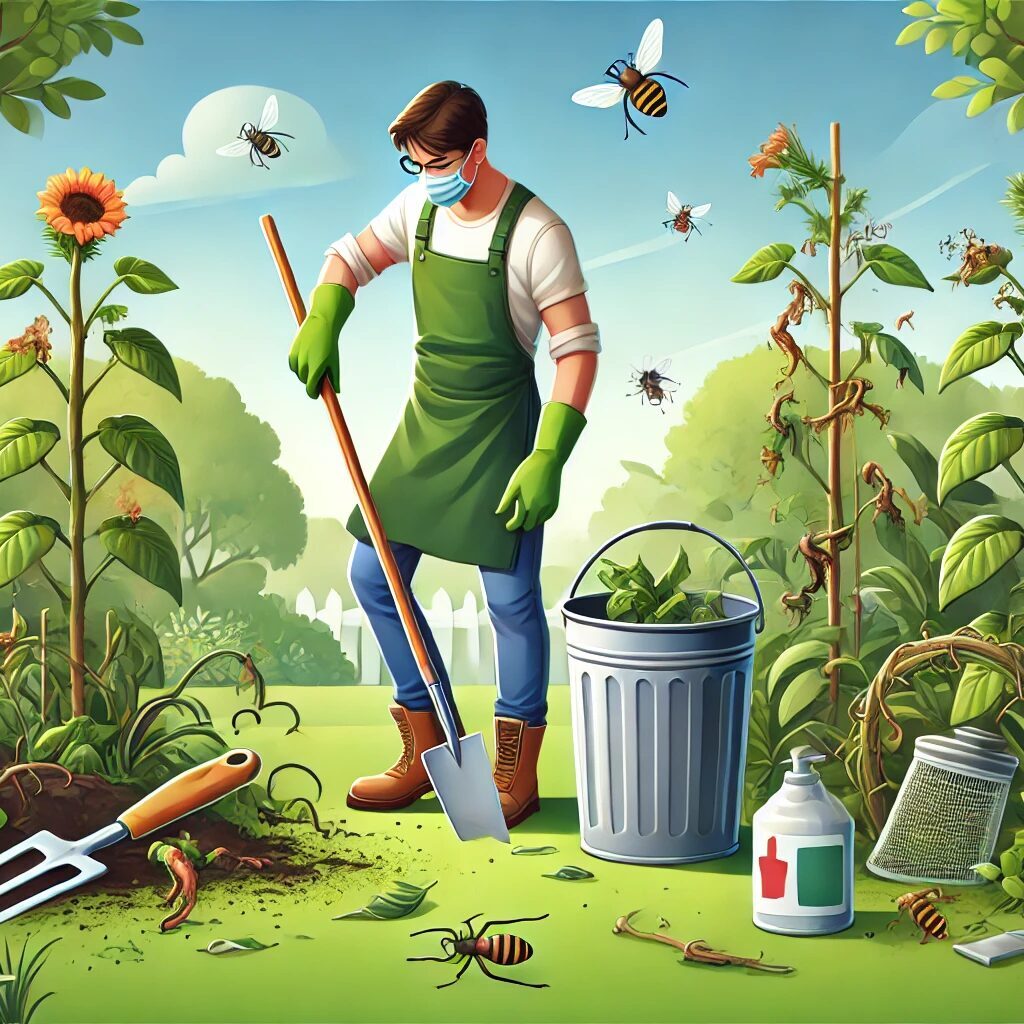
Clear the area of food, water sources, and clutter to reduce the attractants for pests. This is one of the most practical things to do before pest control, as it helps eliminate distractions for pests, making them more likely to come into contact with treatments.
Additionally, cleaning the area makes the treatment process easier and more effective, as there are fewer places for pests to hide.
Seal Entry Points
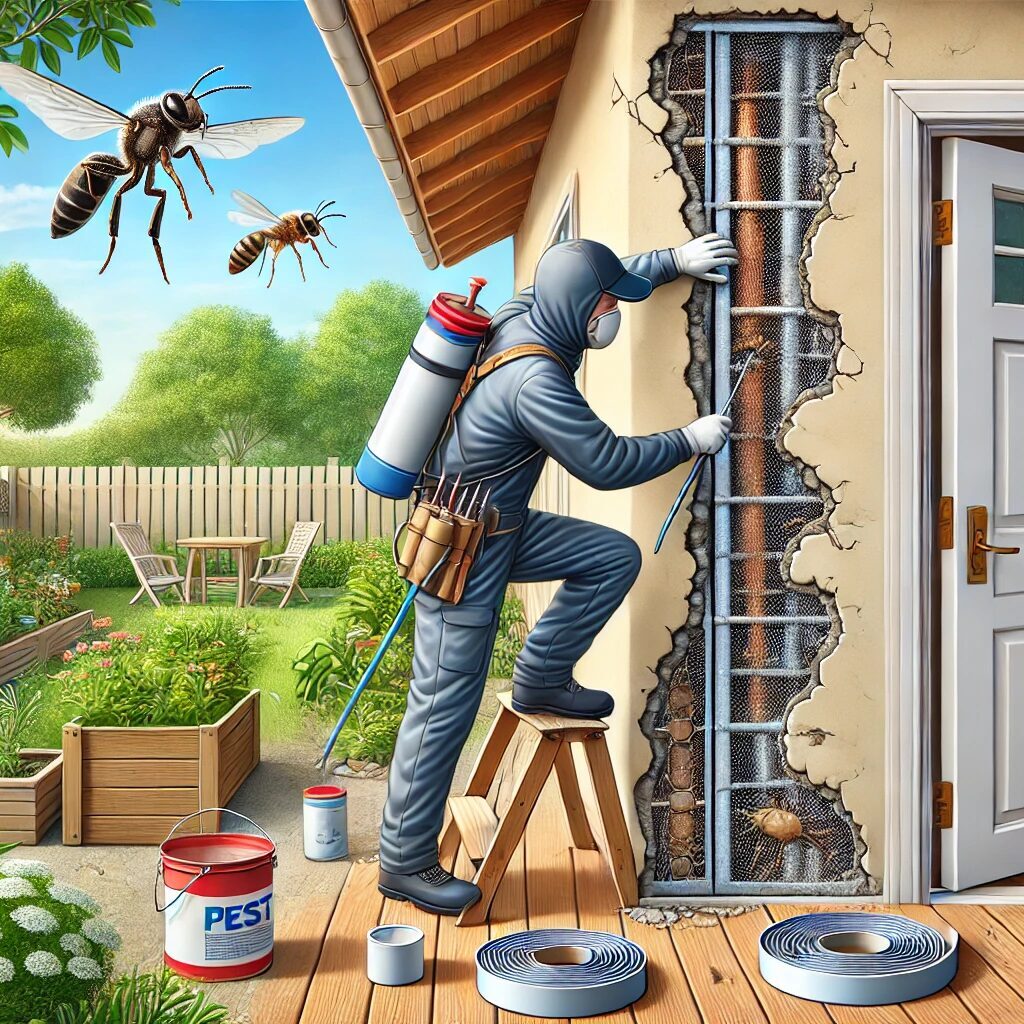
Closing off cracks, gaps, and other openings where pests might enter is a crucial step. Sealing entry points limits the chances of pests re-entering after treatment, contributing to long-term control.
If you’re addressing a severe infestation, this is one of the most preventive things to do before pest control and can save you time and costs on future treatments.
Protect People and Pets
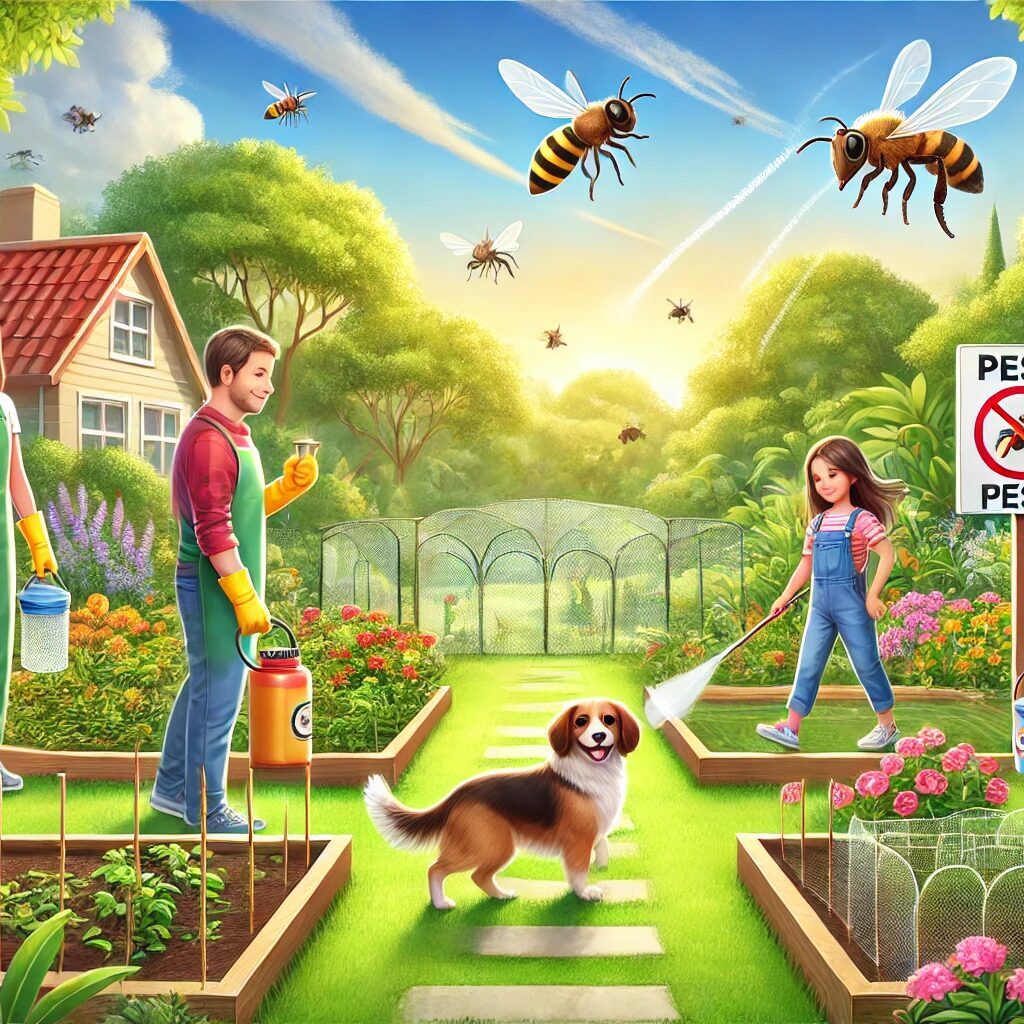
Remove children, pets, and sensitive items from the treatment area to minimize exposure to chemicals or other substances. Cover food, dishes, and any surfaces where pets or children might play.
Ensuring that people and animals are out of harm’s way is one of the primary things to do before pest control, as it protects against accidental contact with harmful substances.
Ventilate the Area

Proper ventilation is essential when using chemical treatments. Open windows and doors, or use fans to create airflow that helps dissipate any fumes or lingering odors from treatments.
This step is one of the most crucial things to do before pest control to ensure safe air quality in treated areas, especially if chemicals are used indoors.
Gather Protective Equipment
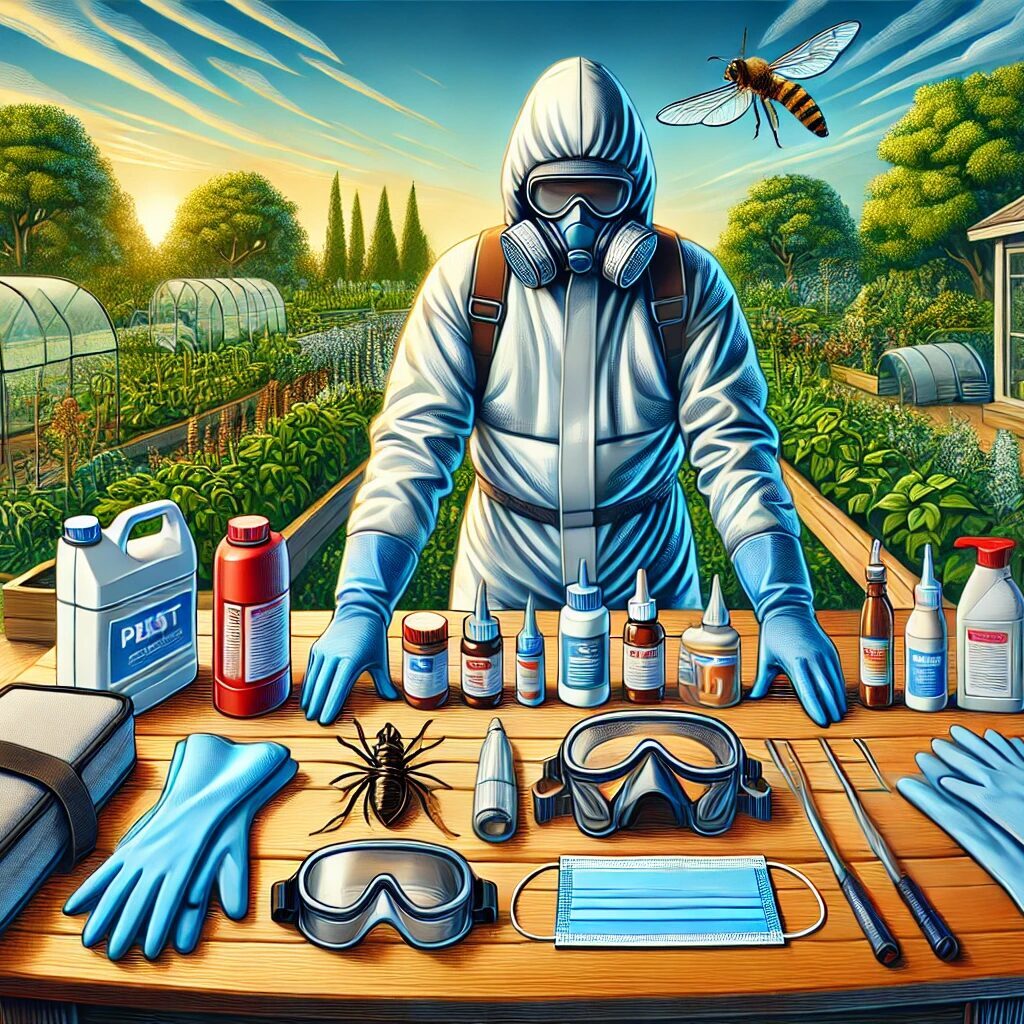
If you are handling pest control yourself, equip yourself with gloves, masks, and protective clothing. Minimizing your direct exposure to pesticides is vital for health and safety, especially when dealing with potent chemicals.
Preparing your protective gear is one of the things to do before pest control that should never be overlooked, as it reduces health risks and makes the process safer.
Read Instructions Carefully
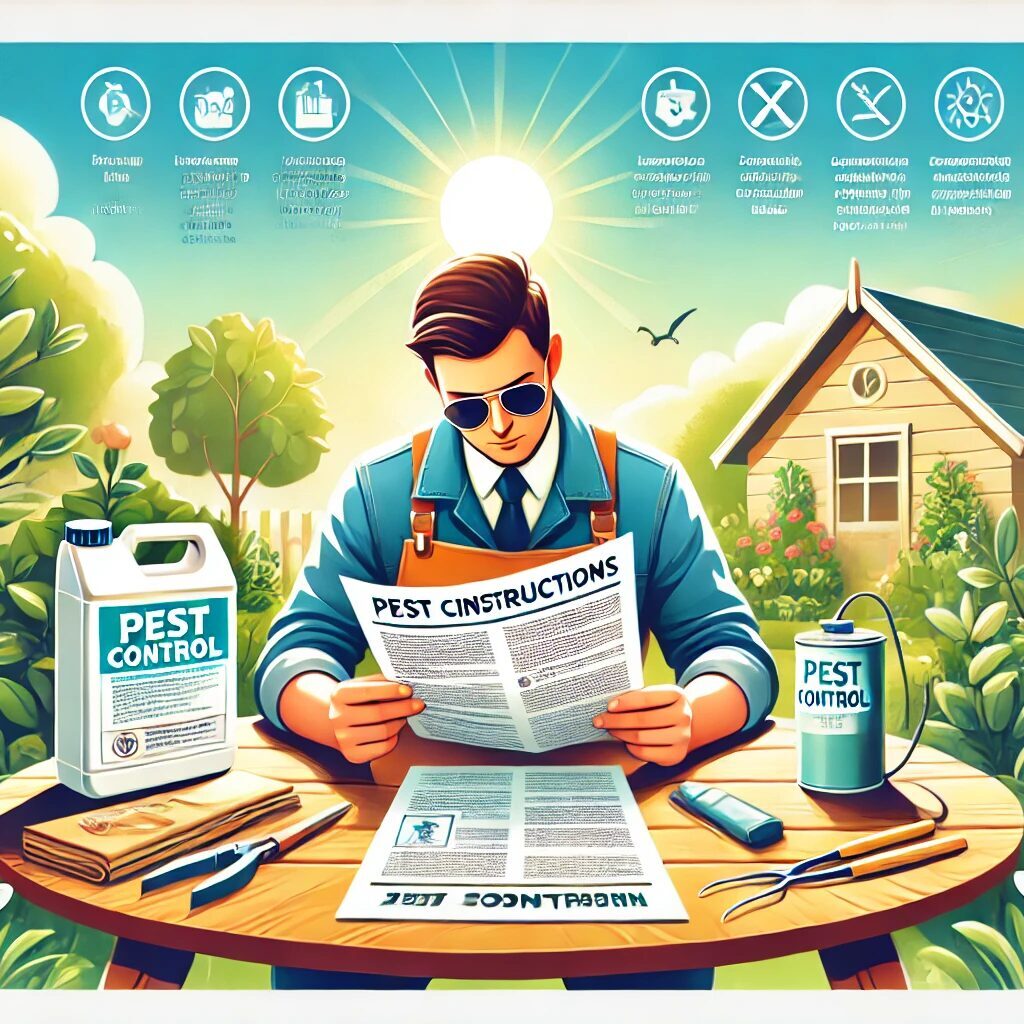
Each product has specific instructions for safe and effective use. Reading and following these instructions closely is one of the most important things to do before pest control to ensure you apply the treatment correctly, avoid harmful exposure, and achieve the best results.
Misuse of products can lead to ineffective pest control or even hazards, so double-checking instructions is always advisable.
Plan for Follow-Up

Schedule follow-up checks and additional treatments if necessary. Monitoring the effectiveness of your pest control efforts over time is one of the key things to do before pest control to ensure long-term success.
Some infestations may require repeat treatments or ongoing checks to prevent re-infestation, so planning a follow-up strategy helps maintain control and prevent pests from returning.
Conclusion
Taking these essential steps before pest control can make a significant difference in achieving lasting and safe results. Inspecting affected areas, and preparing the environment, help you set the stage for a more targeted and effective treatment by properly identifying the pest.
Protecting people and pets, sealing entry points, and ensuring proper ventilation further enhance safety and control. Following instructions carefully and planning for follow-up ensure your efforts are both successful and sustainable.
With thorough preparation, pest control becomes more efficient, helping you maintain a pest-free home and safeguarding your environment for the long term.
